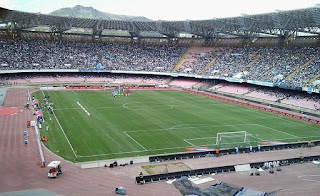‘Master of Italian Horror’ had far-reaching influence
.jpg) |
| Mario Bava followed his father into the film industry |
At various times a screenwriter, director, cinematographer and special effects artist, Bava’s work was largely on low-budget productions, yet with his imagination and artistic flair he created films that would have far-reaching influence in the movie industry.
Although the content tended towards the macabre, Bava is credited as the driving force behind the first Italian science fiction film in The Day the Sky Exploded (1958), the first big-screen giallo - the Italian murder mystery genre - in The Girl Who Knew Too Much (1963), and the first Italian horror film in I Vampiri - The Vampires - in 1957.
His 1960 movie La maschera del demonio - The Mask of the Devil - was Italy’s first Gothic horror, his 1964 production Six Women for the Assassin is considered one of the earliest examples of the so-called ‘slasher’ movies, featuring mass murder. Steve Miner’s 1981 cult ‘slasher’ movie Friday the 13th Part II was directly inspired by Bava’s A Bay of Blood, which appeared a decade earlier.
Directors such a Martin Scorcese, Quentin Tarantino, Francis Ford Coppola and Tim Burton all cite Bava as an influence on their own work, while the British rock band Black Sabbath, pioneers of the heavy metal genre, admitted that when they changed their name from Earth in 1968, they chose Black Sabbath because it was the title of a Bava film playing in a local cinema.
Although Bava’s father, Eugenio, was working as a special effects photographer and cameraman on Italian silent films when he was growing up, Mario’s first ambition was to make a living from painting. He had some talent, yet his paintings sold for relatively small amounts and turning them out with a frequency that could generate a living was impossible.
He needed a job in addition to his painting and through his father’s contacts found work as an assistant to other Italian cinematographers. He helped his father directly in the special effects department of the Istituto Luce, the film production plant created by the Fascist dictator Benito Mussolini, who wanted Italy to be at the forefront of the movie business as it began to take off as an entertainment industry in the 1920s.
 |
| Bava rejected several opportunities to take his many talents to Hollywood |
He began directing in the 1950s, taking over when Riccardo Freda walked out on the project, to finish I vampiri and working jointly with Paolo Heusch on The Day the Sky Exploded.
A somewhat unassuming person, Bava turned down several opportunities in Hollywood that would have enhanced both his standing and his bank balance. Indeed, most of the 72 films he made as director failed to achieve major commercial success.
Yet many came to be regarded as classics, earning favourable comparison with the works of directors of much higher profile such as Alfred Hitchcock. Movie historians now regard Bava as 'the Master of Italian Horror'.
Bava was proud that his son, Lamberto, followed him into the business. Lamberto worked as assistant to his father for 14 years before directing his first solo film in 1980.
His death in Rome in 1980 from a heart attack at the age of 65 came as a major shock to his friends and family and to the industry as a whole, given that he had undergone a physical a few days earlier and was declared by his doctor to be in perfect health. He was buried at the Flaminio Cemetery in Rome.
.jpg) |
| The port of Sanremo in Liguria was one of the first Italian resorts to become a tourist destination |
Sanremo, an Italian Riviera resort most famous as the home of the Sanremo Music Festival, the prestigious song contest that has been held there every year since 1951, is an historic Italian holiday destination that was one of the first to benefit when the phenomenon of tourism began to take hold in the mid-18th century, albeit primarily among the wealthy. Several grand hotels were established in the Ligurian town and the Emperor Nicholas II of Russia was among the European royals who took holidays there. The Swedish chemist Alfred Nobel, founder of the Nobel Prize, made it his permanent home. Blessed with a comfortable climate most of the year, the area produces notable olive oils and is an important centre for the commercial growing of flowers.
.jpg) |
| Rome's Flaminio Cemetery is known for its striking contemporary architecture |
Rome’s Flaminio Cemetery, established in 1945, is the largest cemetery in Italy, covering an area of 140 hectares. Also known as the Prima Porta cemetery, it can be found some 17km (11 miles) north of the centre of Rome. Designed by Elena Luzzato, it is considered a masterpiece of contemporary cemetery architecture. It houses the tombs of many famous personalities of Italian culture, art, entertainment, sport and politics, including the TV journalist Ilaria Alpi, the Communist leader Enrico Berlinguer, actors Rossano Brazzi, Gino Cervi and Virna Lisi, the athlete Pietro Mennea, the footballer Giorgio Chinaglia, singers Alberto Rabagliati and Renato Rascel, and Natasha Sophia Simpson, an 11-year-old American killed in the December 27, 1985 terrorist attack on Rome’s Fiumicino Airport.
Also on this day:
1598: The birth of sculptor Alessandro Algardi
1886: The birth of New York Mafia crime boss Salvatore Maranzano
1969: The birth of footballer and coach Antonio Conte
.jpg)
.png)

_facciata_piacentini_1010030.JPG)

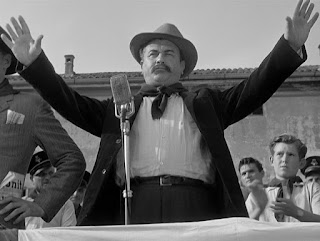

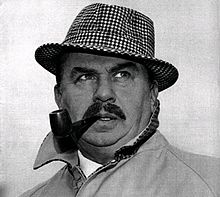
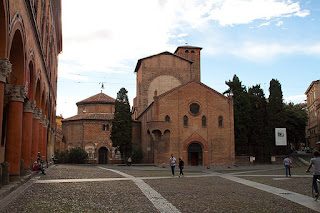
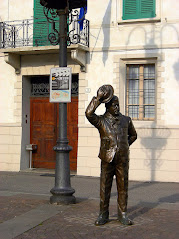
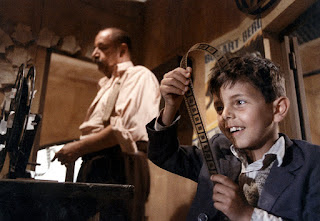
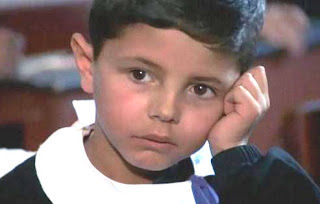
.jpeg)

.jpg)
.jpg)

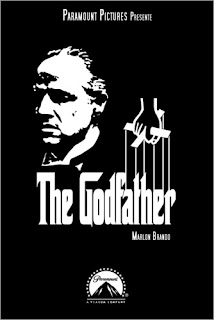

.jpg)

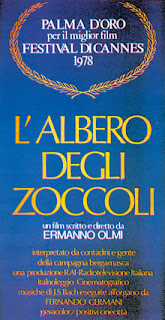
.jpg)
.jpg)

.jpg)
.jpg)

.jpg)


.jpg)

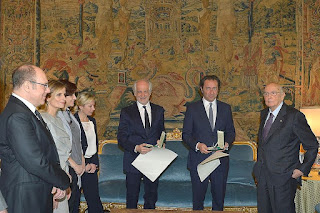
.jpg)
